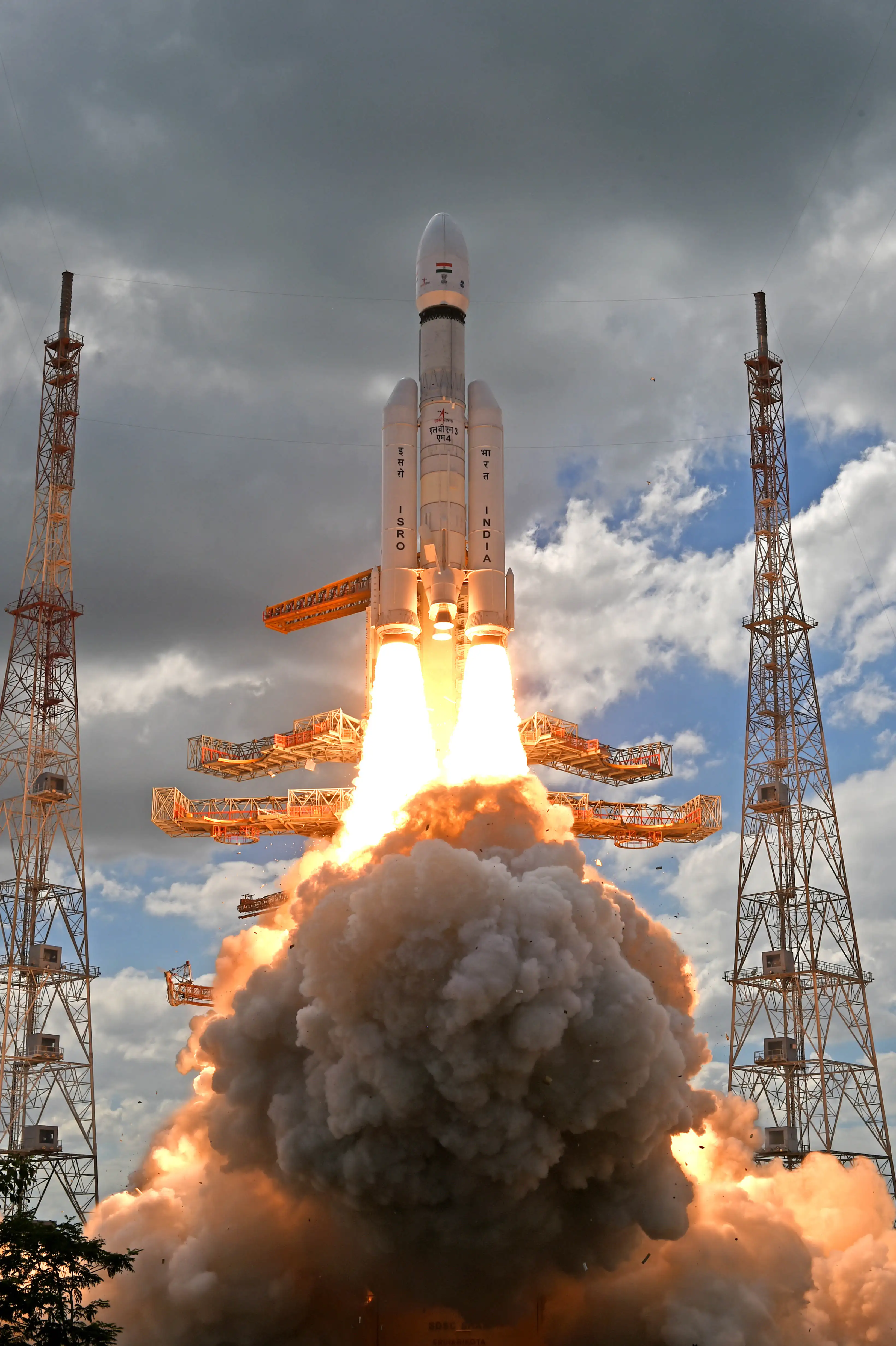JULY' 23
Jul 1: Comet C/2023 E1 (ATLAS) made its closest approach.
In a cosmic dance with the Sun, Comet C/2023 E1 (ATLAS) dazzled as it made its closest approach on July 1, coming within a mere 1.03 astronomical units (AU). This periodic comet, with an orbital period of 85 years, adheres to the classical definition of a Halley-type comet, joining the celestial league with orbital periods spanning between 20 and 200 years. Discovered on March 1, 2023, by the vigilant eyes of ATLAS South Africa, this comet added a touch of celestial drama to our night sky. As it journeyed through the heavens, it left stargazers and astronomers alike in awe of its mesmerizing trajectory, weaving a tale of celestial wonder that unfolded against the backdrop of our cosmic stage. The fleeting brilliance of C/2023 E1 (ATLAS) became a celestial memory etched in the minds of those fortunate enough to witness its brilliant sojourn.
![]()
July 11: New research puts the age of the universe at 26.7 not 13.7 billion years.
July 11 marked a cosmic revelation as groundbreaking research reshaped our understanding of the universe. In a paradigm-shifting discovery, scientists unveiled a new model challenging the long-held belief that the universe is 13.7 billion years old. Instead, the age of the cosmos was recalibrated to a staggering 26.7 billion years. Rajendra Gupta, the author of this cosmic upheaval and an adjunct professor of physics at the University of Ottawa, boldly declared, "Our newly-devised model stretches the galaxy formation time by several billion years, making the universe 26.7 billion years old, and not 13.7 as previously estimated." This revelation sent shockwaves through the scientific community, inviting us to reconsider the very fabric of time and space, unlocking mysteries that challenge the boundaries of our cosmic comprehension.
July 14-25: Successful launch of Chandrayaan-3
In a triumph of precision and engineering prowess, the LVM3 M4 vehicle catapulted Chandrayaan-3 into the cosmic expanse, marking the commencement of its extraordinary lunar odyssey. As it embarked on its celestial journey, Chandrayaan-3, snugly nestled in its calculated orbit, unveiled the promise of lunar exploration. The spacecraft's vital signs signaled normalcy, a reassuring heartbeat in the vastness of space. The maiden cosmic choreography unfolded with the flawless execution of the first orbit-raising maneuver, known as Earthbound firing-1, a meticulously conducted dance of propulsion and celestial mechanics orchestrated at ISTRAC/ISRO in Bengaluru. The spatial ballet unfolded on July 25, 2023, a date etched in the annals of space exploration.
At the pivotal moment of the maneuver, the spacecraft found itself at the crossroads of the cosmos, precisely positioned in a 41762 km x 173 km orbit. It was a delicate waltz with the gravitational forces at play, a harmonious ascent that propelled Chandrayaan-3 closer to its lunar destination. The orbital choreography, a testament to the collaborative brilliance of science and technology, set the stage for the next chapter in humanity's quest to unravel the mysteries of the Moon. As the cosmic voyager gracefully sailed through the cosmic sea, the achievement echoed across the space-faring community, a resounding note of success in the grand cosmic symphony.
